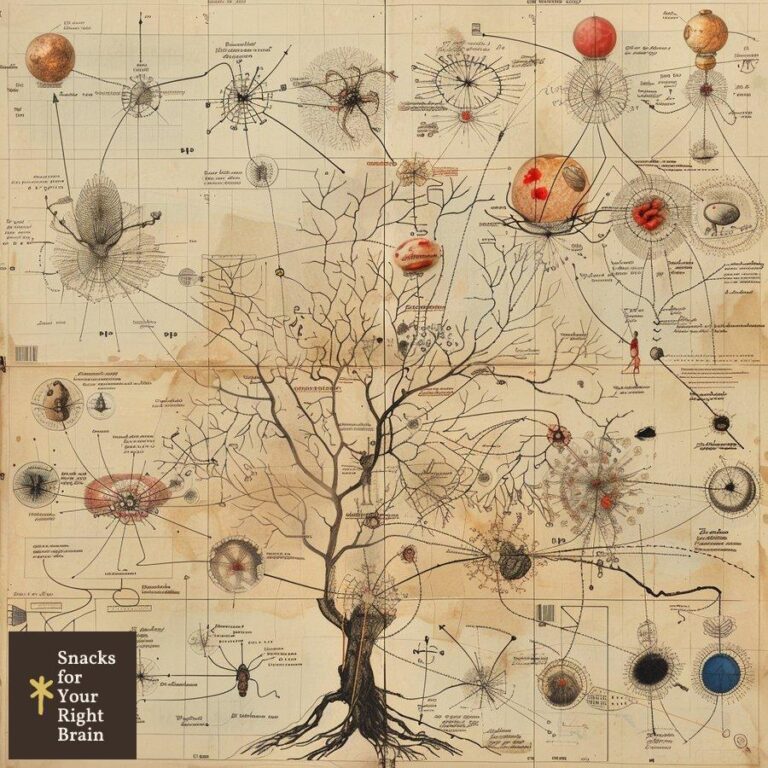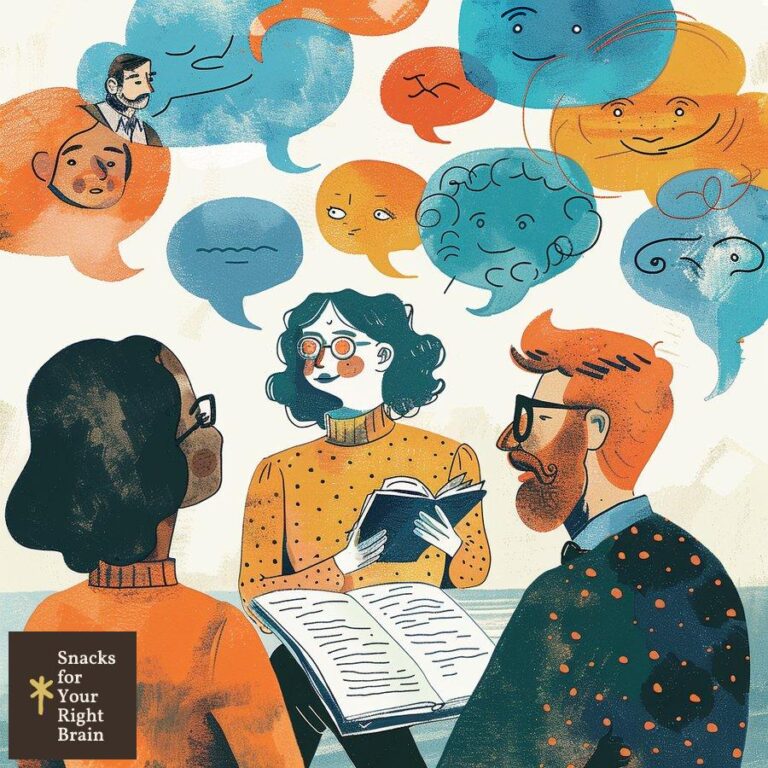What Is the Tension in a Short Story
What is Tension in a Short Story?

Tension is the sense of unease, anticipation, or uncertainty that propels a short story forward and keeps readers engaged. It arises from the characters’ desires, conflicts, and obstacles, and builds as the story progresses. Tension creates a sense of suspense and raises questions in the reader’s mind, such as “What will happen next?” or “How will this be resolved?”
The Anatomy of Tension
Tension is composed of several key elements:
- Conflict: The struggle between opposing forces, whether internal or external, that drives the story forward
- Obstacles: The challenges and difficulties that characters face in pursuing their goals
- Uncertainty: The lack of clarity about the outcome of the story, which keeps readers guessing
- Anticipation: The sense of expectation and curiosity about what will happen next
These elements work together to create a sense of tension that builds throughout the story, culminating in a climax and resolution.
Why is Tension Crucial for Short Stories?
Tension is essential for short stories because it:
- Engages the reader: Tension hooks the reader’s interest and keeps them turning the pages, eager to find out what happens next
- Drives the plot forward: Tension propels the story forward by creating obstacles for the characters to overcome and raising questions that need to be answered
- Reveals character: Tension shows how characters react under pressure and how they change and grow as a result of the challenges they face
- Creates a memorable reading experience: Tension creates a sense of excitement and anticipation that lingers in the reader’s mind long after the story is finished
Without tension, a short story can feel flat, predictable, and unengaging. Tension is the engine that powers the story and keeps readers invested in the outcome.

How Does Tension Differ from Conflict?
While tension and conflict are closely related, they are not the same thing. Conflict is the struggle between opposing forces, while tension is the sense of unease, anticipation, and uncertainty that arises from that conflict.
Conflict can take many forms, including:
- Internal conflict: The struggle within a character’s own mind, such as a battle between desire and duty or reason and emotion
- External conflict: The struggle between a character and an outside force, such as another character, society, or nature
- Man vs. man: The struggle between two characters with opposing goals or values
- Man vs. nature: The struggle between a character and the forces of nature, such as a storm or a wild animal
- Man vs. society: The struggle between a character and the norms, rules, or expectations of their society
Tension, on the other hand, is the emotional response that these conflicts evoke in the reader. It is the sense of unease, anticipation, and uncertainty that keeps the reader engaged and invested in the story.
What are the Main Types of Tension in Short Stories?
There are several main types of tension that writers can use in short stories:
Suspense
Suspense is the most common type of tension in short stories. It arises from the reader’s uncertainty about the outcome of the story and the desire to know what will happen next. Suspense can be created through cliffhangers, unexpected plot twists, and the introduction of new obstacles and challenges.
Dramatic Irony
Dramatic irony occurs when the reader knows something that the characters do not. This creates tension because the reader is aware of the danger or consequences that the characters are unaware of. Dramatic irony can be used to build suspense and create a sense of foreboding.
Situational Irony
Situational irony occurs when an outcome is very different from what was expected. This can create tension because it subverts the reader’s expectations and raises new questions about the story’s direction. Situational irony can be used to surprise the reader and add an element of unpredictability to the story.
Emotional Tension
Emotional tension arises from the characters’ internal struggles and the intensity of their feelings. This type of tension can be created through character development, dialogue, and the exploration of complex emotions such as love, hate, fear, and guilt. Emotional tension can create a sense of intimacy and connection between the reader and the characters.
Moral Tension
Moral tension arises from the characters’ struggles with ethical dilemmas and the consequences of their choices. This type of tension can be created through the exploration of moral ambiguity and the gray areas between right and wrong. Moral tension can raise questions about the nature of morality and the responsibilities that come with power and choice.
These are just a few examples of the many types of tension that writers can use in short stories. The type of tension used will depend on the story’s genre, themes, and the writer’s goals.
How Can Writers Create Tension Through Plot?
Writers can create tension through plot by:
- Introducing obstacles and challenges: Throw obstacles and challenges in the characters’ path to create a sense of uncertainty and anticipation about how they will overcome them
- Using cliffhangers: End scenes or chapters with a cliffhanger that leaves the reader wondering what will happen next
- Creating a ticking clock: Introduce a deadline or time limit that adds urgency and pressure to the characters’ actions
- Foreshadowing: Drop hints about future events or challenges to create a sense of foreboding and anticipation
- Raising the stakes: Increase the consequences of failure or the rewards of success to make the characters’ struggles more intense and the outcome more uncertain
By using these techniques, writers can create a plot that keeps readers engaged and invested in the story’s outcome.


What Techniques Build Tension Through Characters?
Writers can build tension through characters by:
- Developing complex, flawed characters: Create characters with internal conflicts, weaknesses, and desires that make them more relatable and interesting
- Putting characters in high-stakes situations: Place characters in situations where the consequences of their actions are significant and the outcome is uncertain
- Revealing character secrets and lies: Uncover characters’ secrets and lies gradually to create a sense of mystery and anticipation about how they will be revealed
- Showing characters’ emotional reactions: Use characters’ emotional reactions to create a sense of empathy and connection with the reader
- Allowing characters to make mistakes: Let characters make mistakes and poor choices to create a sense of realism and to raise the stakes of their struggles
By using these techniques, writers can create characters that are compelling, relatable, and central to the story’s tension and resolution.

How Can Pacing and Structure Maintain Tension?
Pacing and structure are crucial for maintaining tension in a short story. Writers can use pacing and structure to:
- Control the flow of information: Reveal information gradually to create a sense of mystery and anticipation
- Vary the pace of the story: Use short, fast-paced scenes to create a sense of urgency and longer, slower-paced scenes to create a sense of contemplation and reflection
- Use a non-linear structure: Play with chronology by starting in medias res (in the middle of the action) or using flashbacks and flash-forwards to create a sense of mystery and anticipation
- End scenes and chapters with a hook: Leave readers with a question or a cliffhanger to keep them turning the pages
- Use a three-act structure: The classic three-act structure (setup, confrontation, resolution) can be an effective way to build and release tension over the course of a short story
By using these techniques, writers can create a sense of momentum and urgency that keeps readers engaged and invested in the story’s outcome.
How Do Dialogue and Subtext Contribute to Tension?
Dialogue and subtext can be powerful tools for creating tension in short stories. Writers can use dialogue and subtext to:
- Reveal character secrets and lies: Use dialogue to gradually reveal characters’ secrets and lies, creating a sense of mystery and anticipation
- Show characters’ emotional reactions: Use dialogue to show how characters react emotionally to the events of the story, creating a sense of empathy and connection with the reader
- Create a sense of unease: Use dialogue to create a sense of unease or discomfort, such as through sarcasm, passive-aggression, or veiled threats
- Raise the stakes: Use dialogue to raise the stakes of the characters’ struggles, such as by issuing ultimatums or making high-stakes bets
- Create subtext: Use dialogue to create subtext, or the unspoken meaning beneath the surface of the conversation. Subtext can create a sense of mystery and anticipation as the reader tries to read between the lines
By using dialogue and subtext effectively, writers can create a sense of tension and suspense that keeps readers engaged and invested in the story’s outcome.
What Role Do Scene and Setting Play in Creating Tension?
Scene and setting can play a crucial role in creating tension in short stories. Writers can use scene and setting to:
- Create a sense of place: Establish a vivid and memorable setting that sets the tone for the story and creates a sense of atmosphere
- Foreshadow future events: Use the setting to foreshadow future events or challenges, such as by describing ominous weather or a dangerous location
- Reflect the characters’ emotional states: Use the setting to reflect the characters’ emotional states, such as by describing a dark and gloomy setting to match a character’s mood
- Create a sense of isolation or entrapment: Use the setting to create a sense of isolation or entrapment, such as by describing a remote location or a confined space
- Introduce obstacles and challenges: Use the setting to introduce obstacles and challenges that the characters must overcome, such as by describing a treacherous landscape or a hostile environment
By using scene and setting effectively, writers can create a sense of tension and suspense that adds depth and richness to the story.
How Does Point of View Affect Tension in Short Stories?
Point of view can have a significant impact on the tension in a short story. Writers can use point of view to:

- Create a sense of intimacy: Use a first-person point of view to create a sense of intimacy and connection with the narrator, allowing the reader to experience the story through their eyes
- Limit information: Use a limited third-person point of view to limit the information available to the reader, creating a sense of mystery and anticipation
- Create dramatic irony: Use an omniscient third-person point of view to create dramatic irony, allowing the reader to know more than the characters do
- Reveal character secrets and lies: Use a first-person or limited third-person point of view to gradually reveal the narrator’s secrets and lies, creating a sense of mystery and anticipation
- Raise the stakes: Use a close third-person point of view to get inside the head of a character and show their emotional reactions, raising the stakes of their struggles
By choosing the right point of view for their story, writers can create a sense of tension and suspense that keeps readers engaged and invested in the outcome.
What are Common Pitfalls When Creating Tension?
While tension is essential for engaging readers, there are some common pitfalls that writers should avoid:
- Overusing tension: Too much tension can be overwhelming and exhausting for readers. It’s important to balance tension with moments of relief and resolution
- Creating unrealistic obstacles: Obstacles should be challenging but not impossible for the characters to overcome. Unrealistic obstacles can undermine the reader’s suspension of disbelief
- Relying on clichés: Clichés and tropes can be predictable and unengaging. Writers should strive to put a fresh spin on familiar story elements
- Failing to develop characters: Tension without character development can feel hollow and unengaging. It’s important to create complex, relatable characters that readers care about
- Leaving plot holes: Unresolved plot points or inconsistencies can undermine the reader’s trust and engagement. Writers should strive for a coherent and consistent story
By avoiding these pitfalls and focusing on creating realistic obstacles, complex characters, and a coherent plot, writers can create tension that engages readers and keeps them turning the pages.
How Can Writers Balance Tension and Resolution?
Balancing tension and resolution is a key challenge for writers. On one hand, tension is essential for keeping readers engaged and invested in the story. On the other hand, too much tension can be overwhelming and exhausting. Writers can balance tension and resolution by:
- Providing moments of relief: Intersperse tense scenes with moments of relief and resolution to give readers a chance to catch their breath
- Resolving minor conflicts: Resolve minor conflicts and obstacles throughout the story to provide a sense of progress and accomplishment
- Ending with a satisfying resolution: End the story with a satisfying resolution that answers the main questions and provides a sense of closure
- Leaving some questions unanswered: Leave some questions unanswered or ambiguous to encourage readers to think about the story and draw their own conclusions
- Focusing on character growth: Focus on the characters’ emotional growth and transformation as a source of resolution, even if all the external conflicts are not fully resolved
By balancing tension and resolution effectively, writers can create a satisfying and engaging reading experience that leaves readers feeling satisfied and fulfilled.
What Can We Learn from Tension in Classic Short Stories?

Classic short stories offer valuable lessons about creating tension. By studying how great writers use tension, modern writers can learn techniques and strategies to apply to their own work. Some key lessons we can learn from classic short stories include:
- The importance of character development: Classic stories like “The Tell-Tale Heart” by Edgar Allan Poe and “The Lottery” by Shirley Jackson show how developing complex, flawed characters is essential for creating tension and engaging readers
- The power of setting: Stories like “The Most Dangerous Game” by Richard Connell and “The Veldt” by Ray Bradbury demonstrate how using setting to create a sense of place, foreshadow future events, and introduce obstacles can add depth and richness to the story
- The value of subtext: Stories like “Hills Like White Elephants” by Ernest Hemingway and “The Lottery” by Shirley Jackson show how using subtext and unspoken meaning in dialogue can create a sense of tension and anticipation
- The importance of pacing and structure: Stories like “The Lottery” by Shirley Jackson and “The Snows of Kilimanjaro” by Ernest Hemingway illustrate how using pacing and structure to control the flow of information and create hooks and cliffhangers can keep readers engaged and invested in the story
- The role of point of view: Stories like “The Tell-Tale Heart” by Edgar Allan Poe and “The Lottery” by Shirley Jackson demonstrate how choosing the right point of view can create a sense of intimacy, mystery, or dramatic irony that adds depth and complexity to the story
By studying these classic stories and learning from the techniques and strategies used by great writers, modern writers can develop their own skills and create tension-filled stories that engage and captivate readers.
How Can Writers Practice and Improve Their Tension-Building Skills?
Like any skill, creating tension takes practice and dedication to master. Here are some tips for writers looking to improve their tension-building skills:
- Read widely: Read a variety of short stories, both classic and contemporary, to study how other writers use tension and learn from their techniques
- Write regularly: Practice writing short stories regularly to develop your skills and experiment with different tension-building strategies
- Seek feedback: Share your stories with other writers or readers and ask for feedback on where the tension is working and where it could be improved
- Study the craft: Read books and articles on the craft of writing, such as “The Art of Fiction” by John Gardner or “Bird by Bird” by Anne Lamott, to deepen your understanding of tension and other key elements of storytelling
- Attend workshops and conferences: Attend writing workshops, conferences, or classes to learn from experienced writers and teachers and get feedback on your work
By practicing regularly, seeking feedback, and continuing to learn and grow as a writer, you can develop your skills and create tension-filled stories that engage and captivate readers.






